If you're concerned about Plant Disease in your garden, landscape, farm or growing operation, the UConn Plant Diagnostic Lab is available to diagnose pathogens and make treatment recommendations based on the most current management methods. If you follow these few simple steps, you will ensure that the lab can get the best analysis for you.
Submitting A Sample to the UConn Plant Diagnostic Lab
Step 1 - Collect a quality sample
- Select living, symptomatic plant tissue. Please do not send dry, dead, or decaying tissue!
Root Samples
In communicating with the UConn Home & Garden Education Center and/or the UConn Plant Diagnostic Lab, you may be asked to include a root sample in your submission. It is important to submit root tissue in order to diagnose soil and root-borne pathogens which affect a plant’s vascular system. Please follow the guidelines below if prompted to include this in your sample to the UConn Plant Diagnostic Lab:
- Please collect root samples when the ground is not overly saturated or wet.
- From the plant of interest, gently dig up a generous handful of fine roots. Ensure that the collected roots are from that of the symptomatic plant and not from its neighbors.
- Shake off excess soil from the roots.
- Place roots in a separate plastic bag. Seal bag or secure the top with a rubber band. Please do not add a wet paper towel or excess moisture to the bag.
- Include this separate bag in your submission box with the plant of interest and submission form.
Good Sample Form - Examples
- Cuttings that are still green, but show signs of the issue. An ideal sample will show progression from healthy to diseased tissue
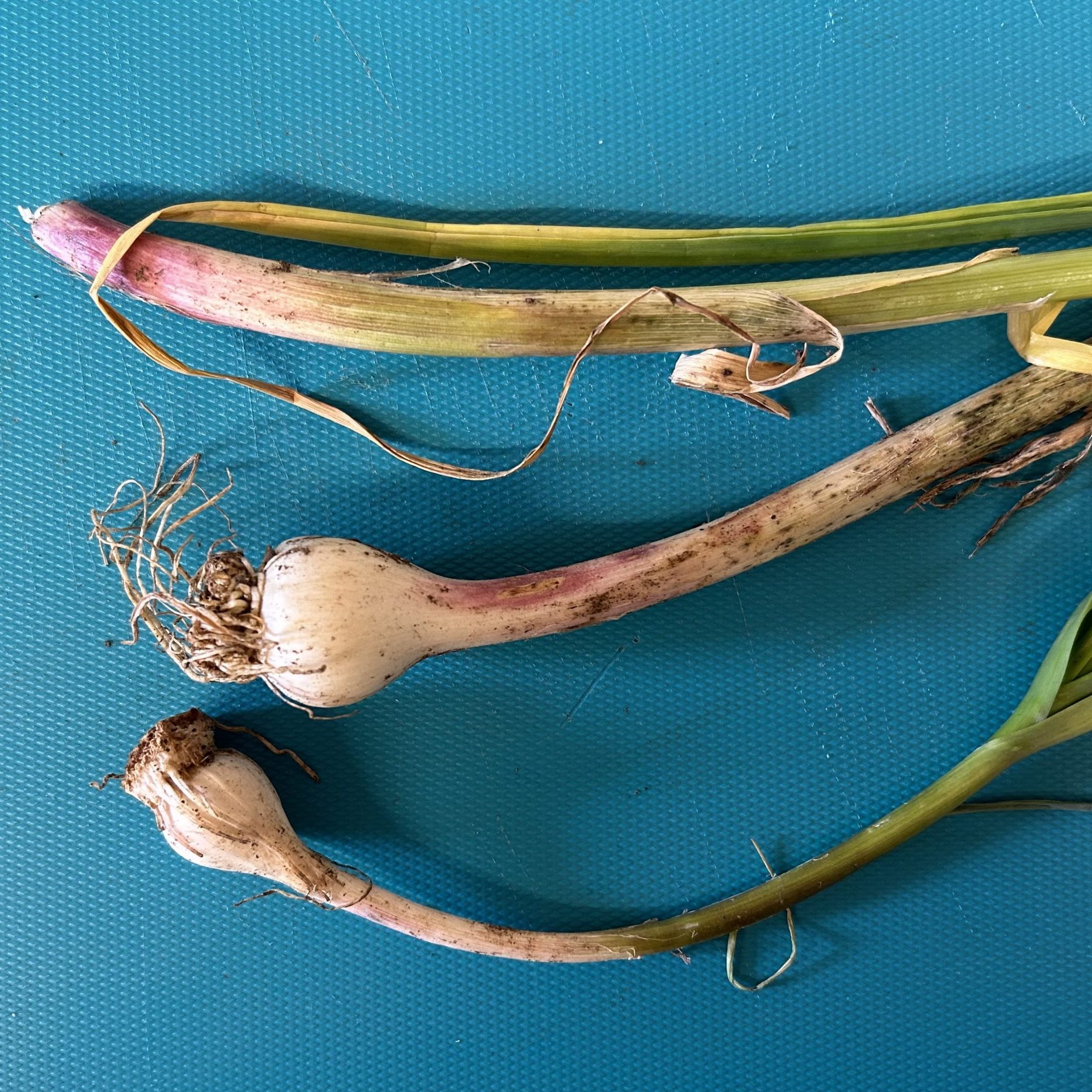
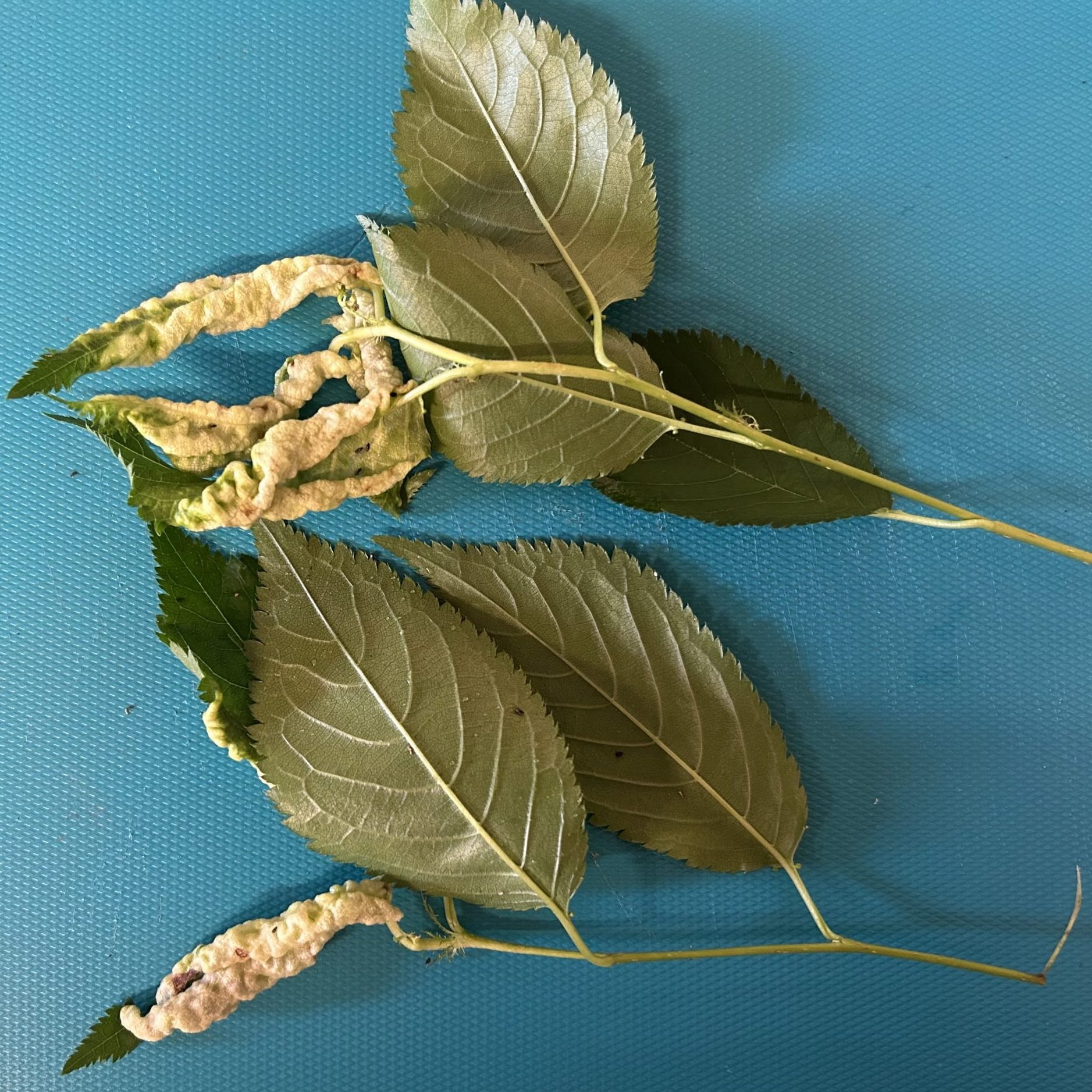
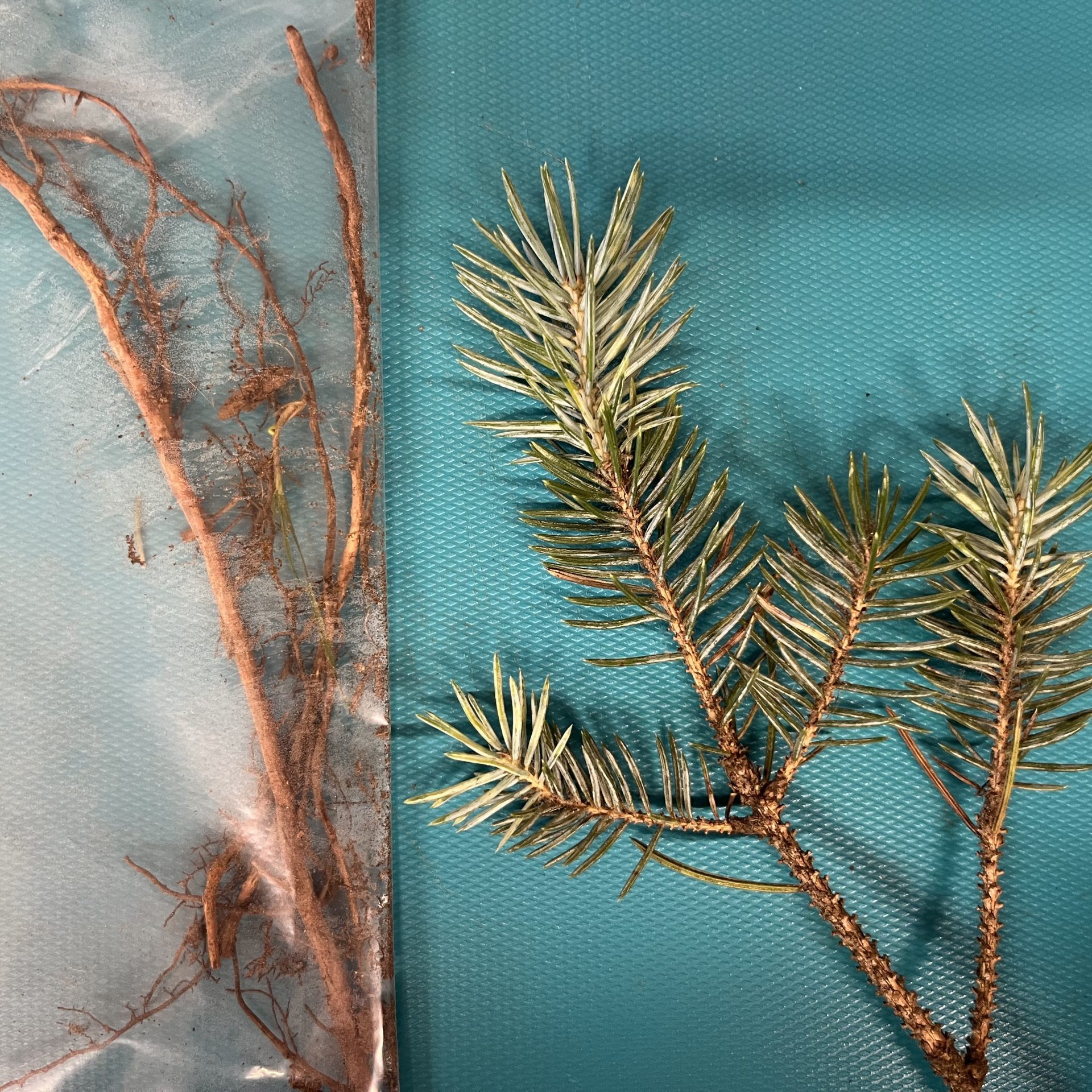
Poor Sample Form - Examples
- The lab cannot analyze brown, dry, or rotting tissue. The lab cannot analyze animals, non-plant pests, or mulch chips, either
- While the lab will test root tissue for pathogens, soil cannot be screened for disease or pests
- Submitting material of this kind may result in poor testing results, require additional sampling or can delay your results
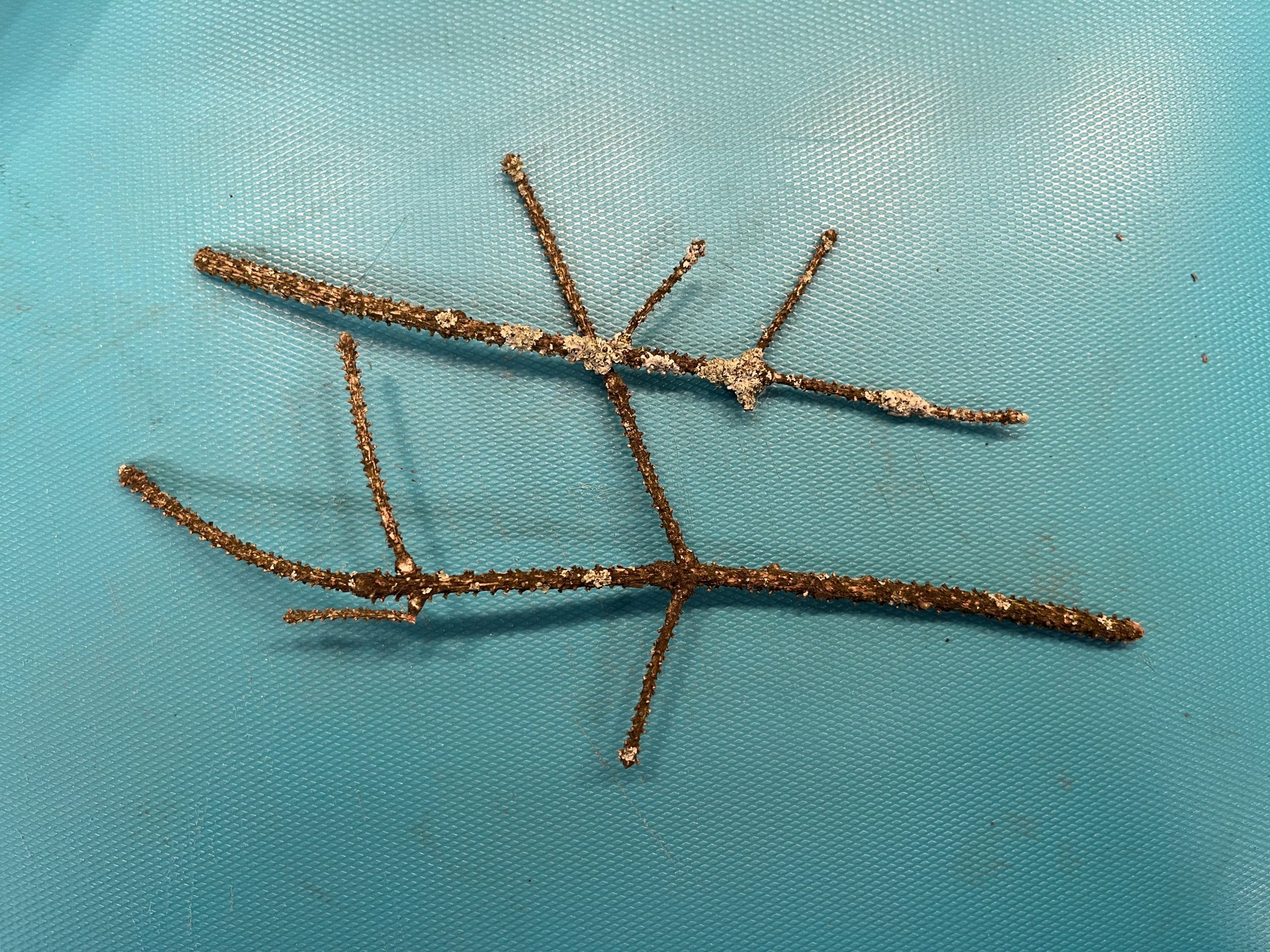
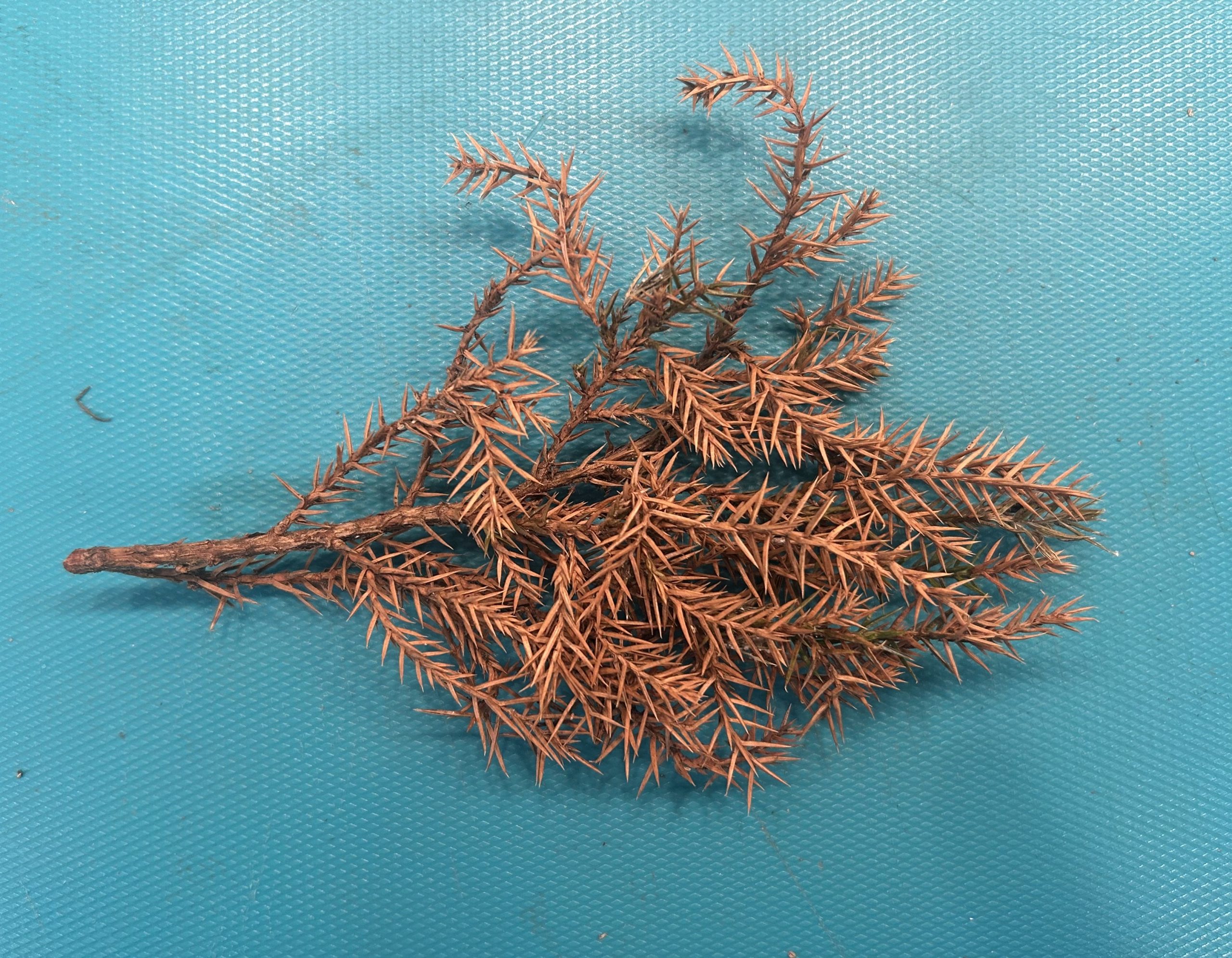
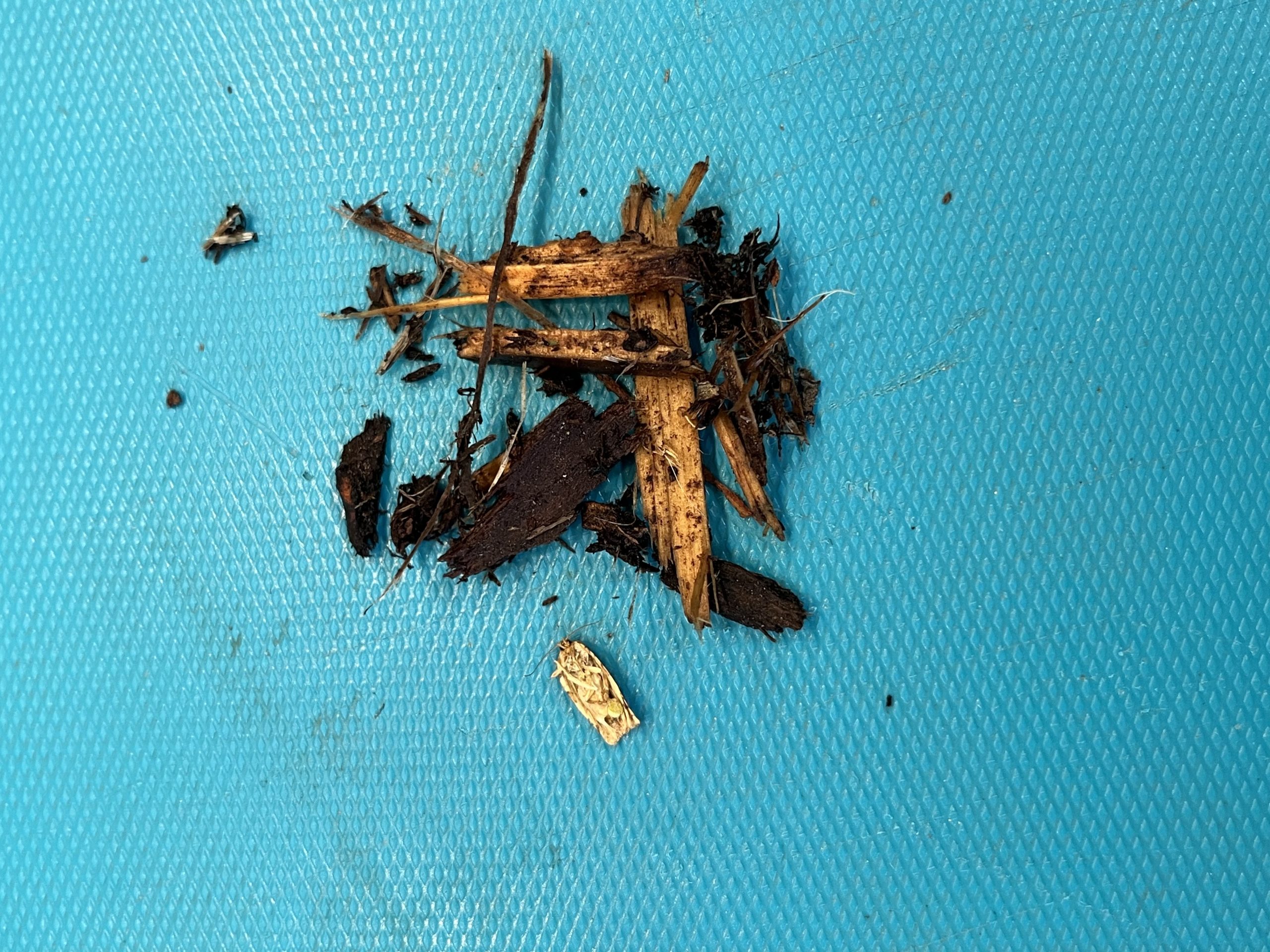
Step 2 - Package your sample correctly
- Place the sample into a sealed plastic bag with a dry paper towel to avoid excess moisture. Please don’t add water or wet paper towel!
Step 3 - Prepare your sample for transport
- Protect your sample(s) by shipping them in a crush-proof container, preferably a box
- Complete the Sample Form and make sure it is in the box with your plant sample
- If planning to pay by check, please send payment with the sample at the time of submission. A standard sample is $20 and checks can be made out to the University of Connecticut. Alternatively, the lab can also take payment online at http://s.uconn.edu/pay
Step 4 - Submit your sample
Submitting via Mail
To make sure we receive your sample as fresh as possible, ship package via overnight delivery. It is best to ship packages early in the week. If you have a tracking number, please send that information to ladybug@uconn.edu so we can check with University Mail Services when it arrives.
Please do not ship over the weekend or holidays.
Submitting via Drop-Off
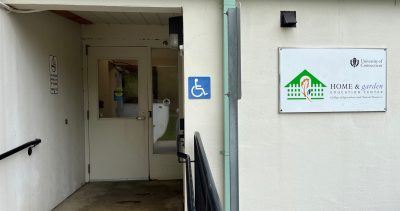
Step 5 - Receive your confirmation email
- In a few days, you will receive an e-mail receipt notifying you that your sample is in the database and will soon be analyzed. This receipt will assign you a sample number that you may use if you contact us regarding the sample. All communications regarding your sample will come from plantdiagnosticlab@uconnn.edu

Step 6 - Allow time for testing
- The standard response time is 5-7 business days October-May and up to 12 business days June-September after the sample has arrived in the lab, but diagnostics may take longer given slower mail operations and other restrictions.
Step 7 - Get your results
- Once your sample is diagnosed and confirmed by our plant pathologist, we will send you a detailed report summarizing tests performed, diagnosis, and recommendations. If you have additional questions, the UConn Home Garden Education Center is here to help!
